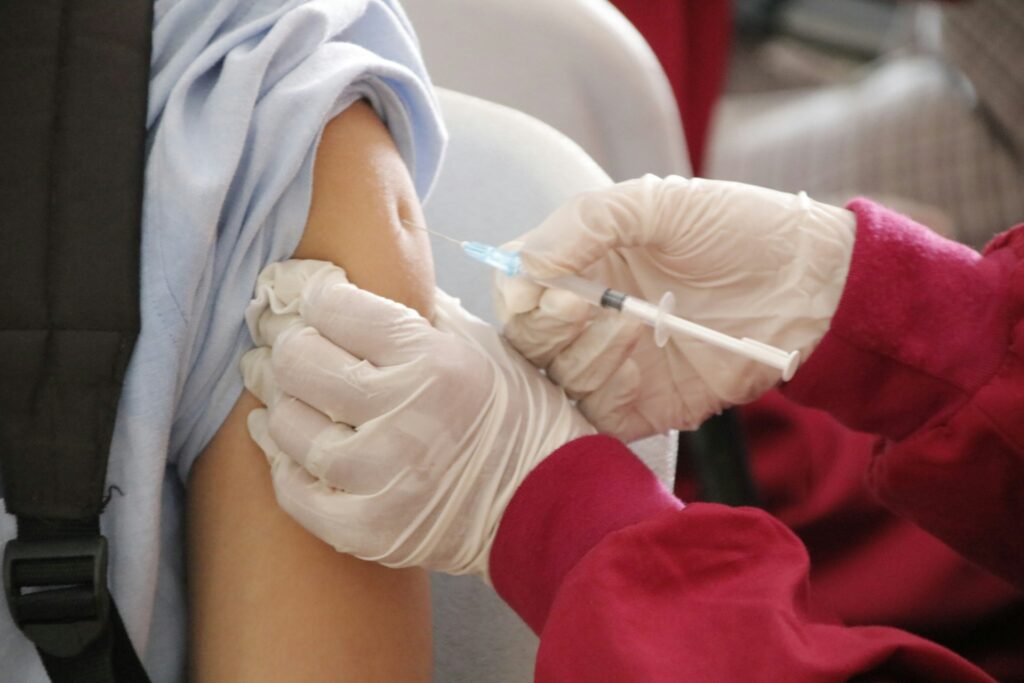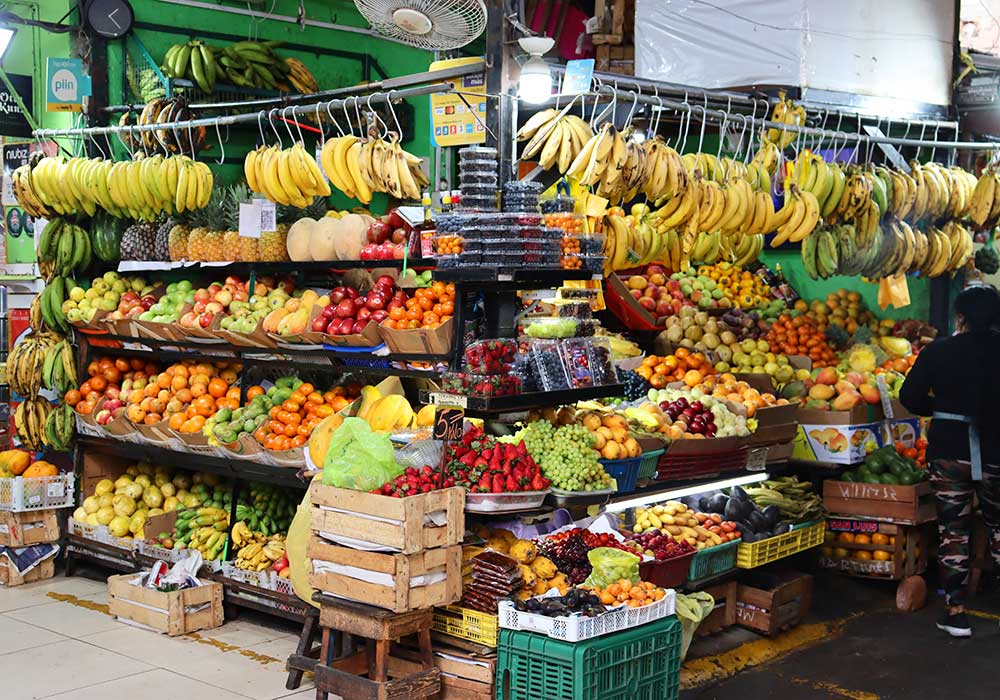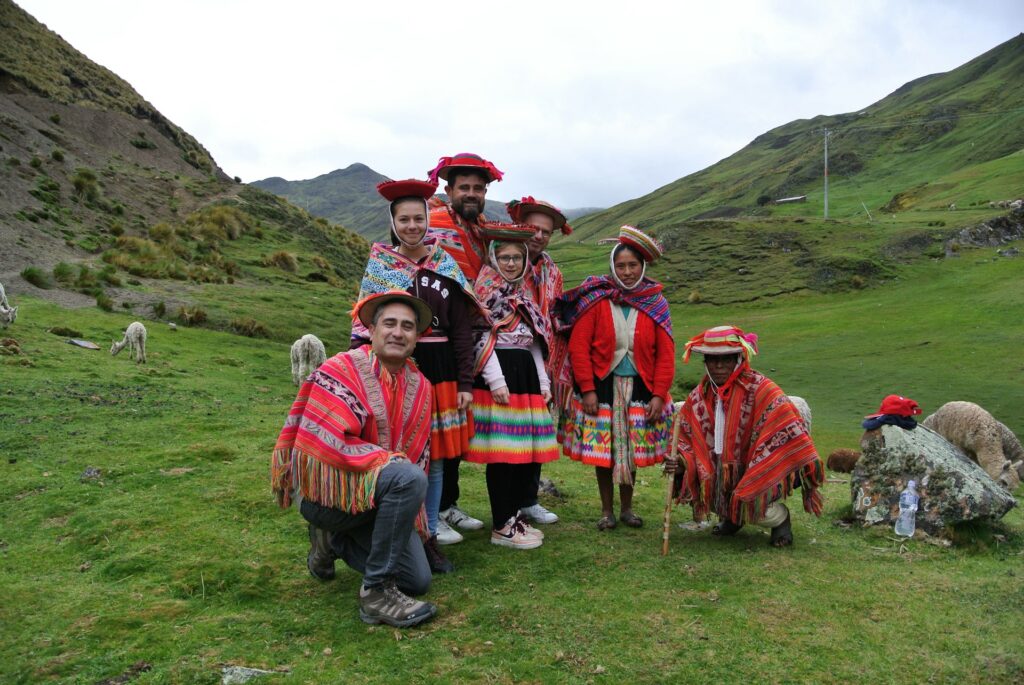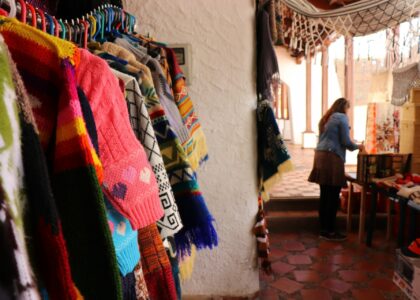If you’re heading to Peru, you’re probably wondering how to stay healthy while exploring the Andes, Cusco, and Machu Picchu. Here’s your complete guide to health tips Machu Picchu Peru. From vaccines and altitude to food safety and ethical travel. With a bit of preparation, you can have a worry-free adventure and return home with only great memories.

Vaccines: What You Need Before Traveling to Peru
Start your health prep with vaccines, as this is the first and most important step for any international trip. The CDC advises that all travelers to Peru should ensure their routine vaccines are up to date, including measles, mumps, rubella (MMR), influenza, and chickenpox. These protect you from illnesses that can circulate in large crowds and public places. In addition to these, Peru presents some health risks that make a few extra shots important. Here are the main vaccines to consider before your visit:
- Hepatitis A: Recommended for most travelers. Spread by contaminated food and water.
- Typhoid: Also recommended, especially if you’ll be eating street food or visiting rural areas.
- Tetanus: Get a booster if your last shot was more than 10 years ago.
- Yellow Fever: Required if you plan to visit the Amazon region. Not needed for Cusco or Machu Picchu.
- Rabies: Consider if you’ll spend a lot of time outdoors, working with animals, or in remote areas.
See the CDC’s health guide for Peru travelers for the most current information.

Preventing Altitude Sickness in Cusco and Machu Picchu
One of the biggest health concerns in the Andes is altitude sickness. Cusco sits at about 3,400 meters (11,150 ft), much higher than Machu Picchu. Anyone can feel the effects, even if you’re fit.
How to prepare:
- Spend at least 2 nights in Cusco or the Sacred Valley before starting strenuous treks.
- Take it slow. Walk at an easy pace for your first few days.
- Stay hydrated. Drink plenty of water and avoid alcohol and caffeine.
- Eat light. Simple, digestible meals help your body adjust.
- Know the signs: Headache, dizziness, nausea, and fatigue are the most common.
- Consider medication. Talk to your doctor about medicines like acetazolamide (Diamox) if you have a history of altitude sickness.
For more advice, read tips on preventing altitude sickness in Peru.

What Medication and Supplies to Pack
Bring a small travel health kit just in case you run into any minor health issues along the way. For example, a basic first aid kit can help you treat blisters that often develop from long days walking through Cusco or along the Inca Trail. Pack adhesive bandages and antiseptic wipes to clean and protect small cuts or scrapes. Pain relievers like ibuprofen can help if you get a headache at altitude or after a strenuous hike. Medication for altitude, such as acetazolamide, is useful if you know you are sensitive to high elevations or if you start to feel symptoms like a pounding headache or dizziness. Traveler’s diarrhea is a common problem in Peru, so having oral rehydration salts and anti-diarrheal medication gives peace of mind after eating adventurous street food or unfamiliar dishes. Insect repellent is crucial for any trip to the Amazon or jungle regions, where mosquitoes can carry disease. Sunscreen and lip balm with SPF are non-negotiable due to the strong Andean sun. If you take any daily prescription medications, pack enough for your entire trip, plus a little extra in case of delays, and keep them in their original packaging for customs. This kit does not have to be large, but having it organized and accessible can save you stress and keep you healthy on your journey.
- Basic first aid (bandages, antiseptic wipes, pain relievers)
- Medication for altitude (ask your doctor)
- Medicine for traveler’s diarrhea
- Insect repellent (for jungle or lowland travel)
- Sunscreen and lip balm with SPF
- Any prescription medications (keep in original packaging)
Be sure to check our full packing guide for Peru for more ideas.

Food and Water Safety: Eat Well, Stay Well
Avoiding stomach trouble is one of the biggest concerns for travelers, but eating in Peru can also be one of the highlights of your trip. Here are the basics:
- Drink only bottled, boiled, or filtered water. Avoid ice in drinks, since it is often made with tap water.
- Eat food that is thoroughly cooked and served hot. Popular safe dishes include lomo saltado (stir-fried beef and vegetables), pollo a la brasa (rotisserie chicken), and arroz chaufa (Peruvian-style fried rice).
- Choose fruit you can peel yourself, like bananas, oranges, or mangoes.
- Wash your hands or use sanitizer before eating, especially after handling money or public surfaces.
Popular Foods to Try Safely
- Ceviche: One of Peru’s most famous dishes, made with raw fish cured in lime juice and mixed with onions, chili, and cilantro. Try ceviche at busy, well-rated restaurants where the seafood is fresh and turnover is high.
- Aji de gallina: A creamy chicken stew served with rice and potatoes. This dish is usually safe because it’s thoroughly cooked.
- Anticuchos: Grilled meat skewers, often made with beef heart. Buy these from busy stalls or reputable street vendors where the meat is cooked over high heat.
Foods and Drinks to Avoid or Eat with Caution
- Avoid raw or undercooked meats, shellfish, and unpasteurized dairy, especially in rural areas or quiet markets.
- Be cautious with salads, raw vegetables, or garnishes that might have been washed in tap water.
- Avoid food that has been sitting out at room temperature or prepared in advance with little customer traffic.
- Skip juices or shakes made with tap water or ice from unknown sources. Opt for bottled or canned drinks instead.
- Street food can be a highlight, but choose stalls that are busy with locals and where you can watch the food being freshly cooked in front of you.
If you’re ever unsure about a certain dish or food stall, ask your guide for advice or check out our culinary travel guide for recommendations on what and where to eat safely.

Hydration and Sun Protection
High altitude and strong sun can dehydrate you quickly, and the effects are easy to underestimate when you’re excited to explore. In the Andes, the air is dry and the sun is intense, especially between late morning and mid-afternoon. You may not sweat as much, but your body is still losing water through breathing and activity.
Hydration Tips:
- Carry a refillable water bottle and take small sips regularly, even if you’re not thirsty. Most trekkers fill up at hotels, hostels, or with filtered water before heading out each day.
- Bring electrolyte tablets or powder to add to your water, especially if you’re hiking or walking for several hours. These help replace minerals lost through sweat and can prevent fatigue.
- Avoid caffeinated drinks and alcohol, which can contribute to dehydration and make altitude symptoms worse.
- Try local herbal teas, like mate de coca (coca leaf tea), which is commonly offered in hotels and helps many travelers acclimatize to the altitude.
Sun Protection Tips:
- Use high SPF sunscreen (at least 30 or above) and reapply every few hours, especially if you’re sweating or it rains.
- Wear a wide-brimmed hat or cap to shield your face, and sunglasses with UV protection to protect your eyes from intense glare, particularly when walking on pale stone ruins or through open valleys.
- Don’t forget about your lips—a balm with SPF will prevent them from becoming painfully chapped and burned.
- Cover your shoulders and arms with lightweight, long-sleeve shirts if you are prone to sunburn or are outside for most of the day.
- In areas with reflective surfaces, like the terraces and plazas at Machu Picchu, sun exposure is even stronger. Always protect your skin, even on cloudy days.
Staying hydrated and protected from the sun is crucial for enjoying your adventure, preventing headaches, and feeling energized every day you are in Peru.

Travel Insurance: Don’t Skip It
Healthcare in Peru is not always accessible, especially in rural or remote areas where clinics may be understaffed or far from tourist routes. Even in major cities, hospitals can require payment up front for treatment, and English-speaking doctors may not always be available. This is why purchasing comprehensive travel insurance before your trip is essential. Look for a policy that covers accidents, sudden illness, medical evacuation, and trip interruptions. For example, if you twist your ankle on a mountain hike and need evacuation to Cusco, insurance can save you thousands of dollars in emergency costs. If you get sick and must cancel part of your trip, insurance can reimburse you for non-refundable reservations. Some policies even cover lost luggage and travel delays, which are common when exploring remote areas or connecting through multiple airports. Having travel insurance gives you peace of mind and helps you avoid unexpected expenses if something goes wrong.

Respecting Local Communities While Staying Healthy
Traveling responsibly in Peru means taking care of your own health while also respecting the well-being of local communities. As a guest in someone else’s country, small choices can make a big difference in keeping everyone safe and ensuring a positive impact from your visit.
- Don’t bring or share medication unless you are qualified. Medicines can have different effects on local populations.
- Get consent before taking photos, especially in rural areas or with children.
- Support ethical tourism by using local guides and businesses.
- Follow all local health guidelines and respect community requests about hygiene and distancing.
For more tips on ethical travel in Peru, see our responsible travel guides.
Want to Travel to Peru with Confidence?
With a little preparation, you can focus on the magic of Machu Picchu and the Andes. Need help planning a healthy trip? Contact Explorify Expeditions for personalized advice, travel support, and the latest on safe adventures in Peru.






